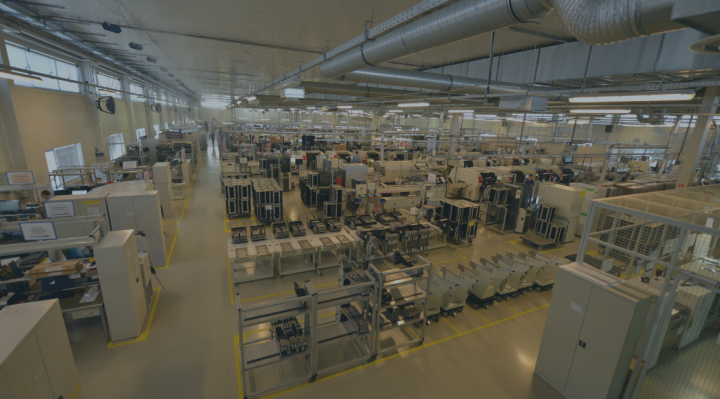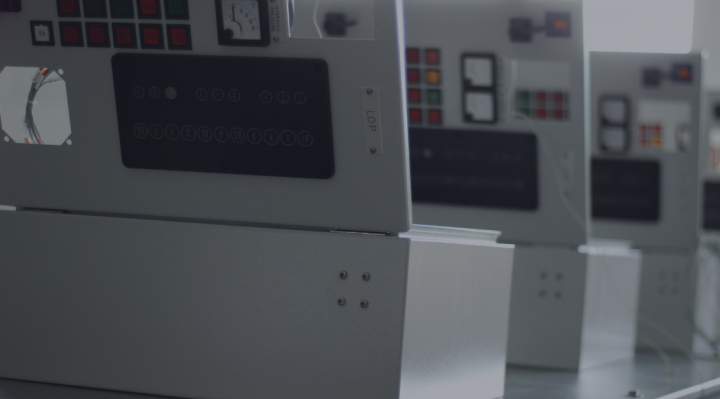Electronics, ubiquitous present in both the consumer market and in industry, has caused a growing demand for PCB assembly services. Although initially the outsourcing of PCB assembly "moved out" a large part of the electronics industry from Europe to China, since the 2000s we have been seeing a gradual return of the sector to Europe. The EMS industry is at the growth stage of its life cycle in Europe.
This development, however, is not uniform within the continent - with visible declines in the number of companies in Western Europe and an increasing share of Eastern European entities in terms of both quality and quantity. The number of EMS has decreased in countries such as the UK and France: 25% and 32% less manufacturers respectively. At the same time, there was a dynamic increase in the number of companies engaged in electronic device manufacturing in Eastern Europe, including 27% in the Czech Republic, 40% in Bulgaria, and even 42% in Romania.
Development of electronic device manufacturing in Eastern Europe
The geography of business, especially the distribution of manufacturing, is governed by the economy. While in the 1980s it favoured Asian markets, in the period after 2000 there has been an intensification of activity to search for new places with relatively low production costs. These searches have been aimed towards both regional and global "low-cost regions". This is associated with the transfer of the EMS industry production in the USA and Canada to Mexico, while Eastern Europe has become the base for low-cost electronics manufacturing in Eastern Europe.
Although more than 80% of all European EMS are still located in Western Europe, Eastern Europe is beginning to play a greater role in the actual contract manufacturing. 20% of Middle East companies are close to 50% of the EMS production value in Europe. The growth rate in the East is double that in the West, and it is a matter of time before the value of production in the East exceeds the revenues of the EMS industry in the West.
Why has Eastern Europe become a new global location in the electronics industry?
Margins in the EMS industry are low, and since prices of materials are currently more or less the same globally, the emphasis is put on labour costs. And these still remain lower in the countries of the former Eastern Bloc. Most of the companies opened in Eastern Europe actually involve foreign capital. These are both branches of companies from Western Europe or international EMS/ODMs that wish to enter the European market and enterprises established in Eastern countries, with large funding by Western partners.
An equally important factor for investments in low-cost electronics manufacturing in Eastern Europe is the fact that both central and local governments usually have a favourable attitude towards such actions - tax relief systems and industrial areas favour the influx of foreign investors to the same extent as the relatively low salaries, although the minimum wages increase on a yearly basis. However, an rise of the minimum wage in Romania by 19% is still much less in absolute terms than an increase by 4% in some Western countries, and means that Romanian labour costs remain at only 25% of Western labour costs, for example. This cost advantage means that despite the gradual increases in salaries, new EMS companies have been appearing in the East.
Central and Eastern Europe has a strong production and logistics base
Locating factories for electronic device manufacturing in Eastern Europe instead of Asia gives many benefits related to logistics and distribution, while allowing companies to keep production costs at a similar level.
Thanks to the developed infrastructure, low-cost electronics manufacturing in Eastern Europe can maintain the locally developed supply chain, without having to establish transhipment hubs and large logistics centres. The product is much closer to the end user, which reduces costs, distance and time of its distribution. It also means duty-free access to European Union markets and free trading in goods within the Schengen Area. A new legal framework was adopted in 2008 to improve the free movement of goods, the EU market surveillance system and the CE marking. The benefits of applying the free movement of goods and related regulations amount to billions of euro annually.
High quality of education
Human capital is undoubtedly one of the greatest competitive advantages of the Central and Eastern Europe. Countries in the region can boast above-average education rates in the field of science, a relatively large pool of talents in the areas of technology, engineering, mathematics and the ICT sector. Despite the popularity of technical education, its quality remains high, which translates into competitiveness on the labour market - the number of graduating engineers and masters of engineering increases every year.
Therefore, in addition to regular employees, the East is also able to provide highly-qualified technical specialists who can successfully find employment in the EMS industry.
Poland as the leader of Central and Eastern Europe
Central and Eastern Europe is still developing at a faster pace (almost twice as fast) than other EU countries. At the same time, labour costs are still lower than in Western Europe. The dynamic development of Eastern Europe is confirmed by the steady GDP growth in most countries. Poland's GDP growth stands out compared to others.
In 1990-2019, the Polish economy developed the fastest among all the Central and Eastern Europe countries. During this period, the Polish GDP rate increased more than 2.5 times. Poland is the only country in the region to be considered a developed market. At the same time, Poland is one of the largest providers of low-cost electronics manufacturing in Eastern Europe. Over 55,000 people are employed in the EMS industry - both on regular and specialist positions. Central and Eastern Europe is growing steadily almost twice as fast as the rest of the EU. At the same time, labour costs are still lower than in Western Europe.







